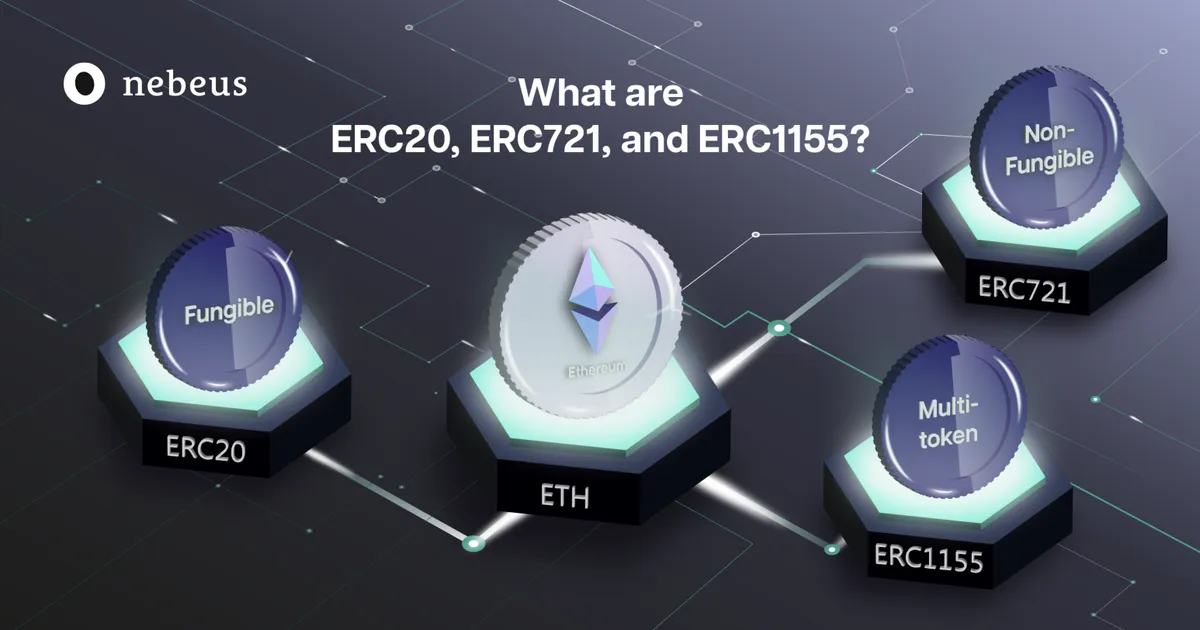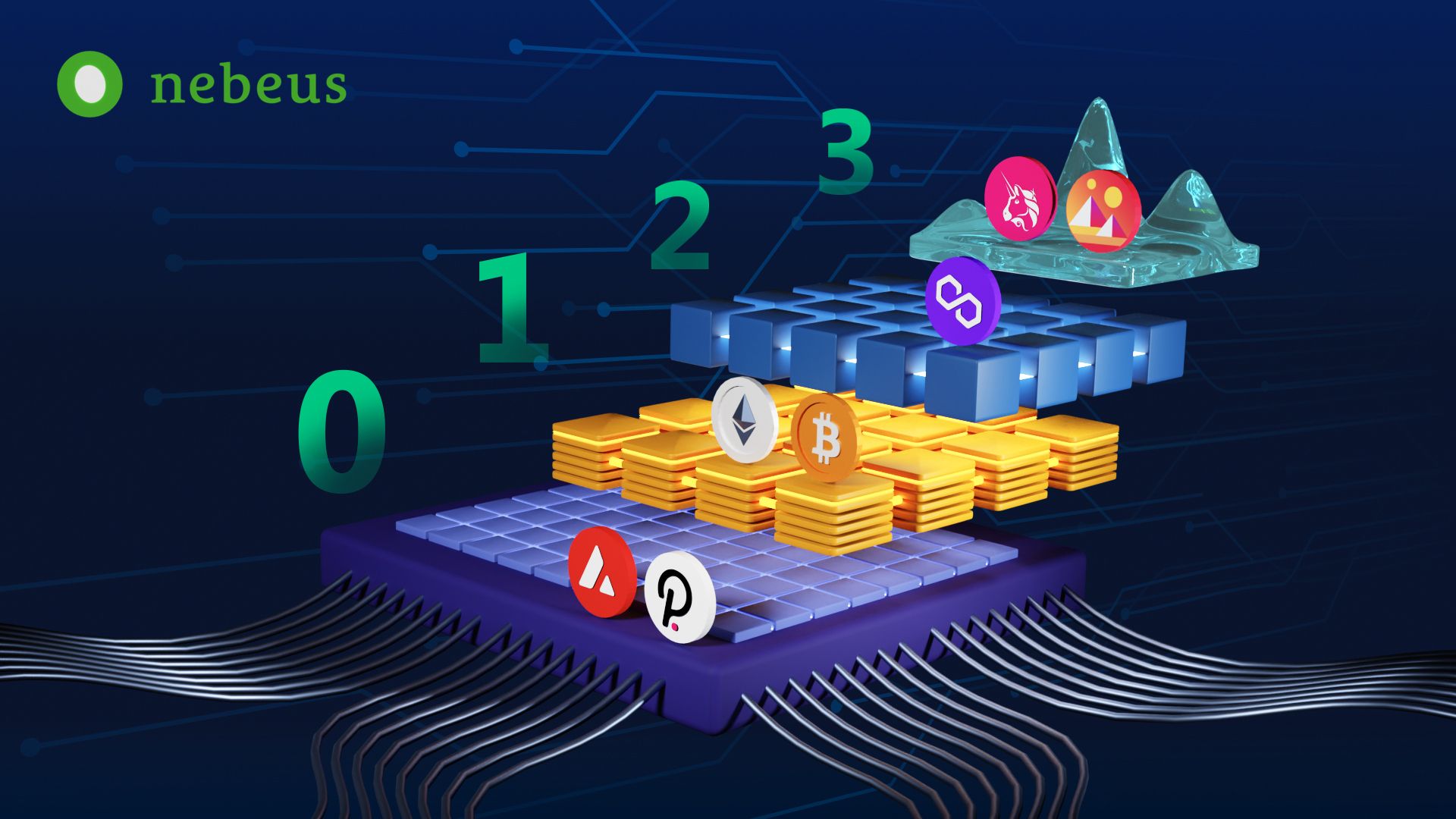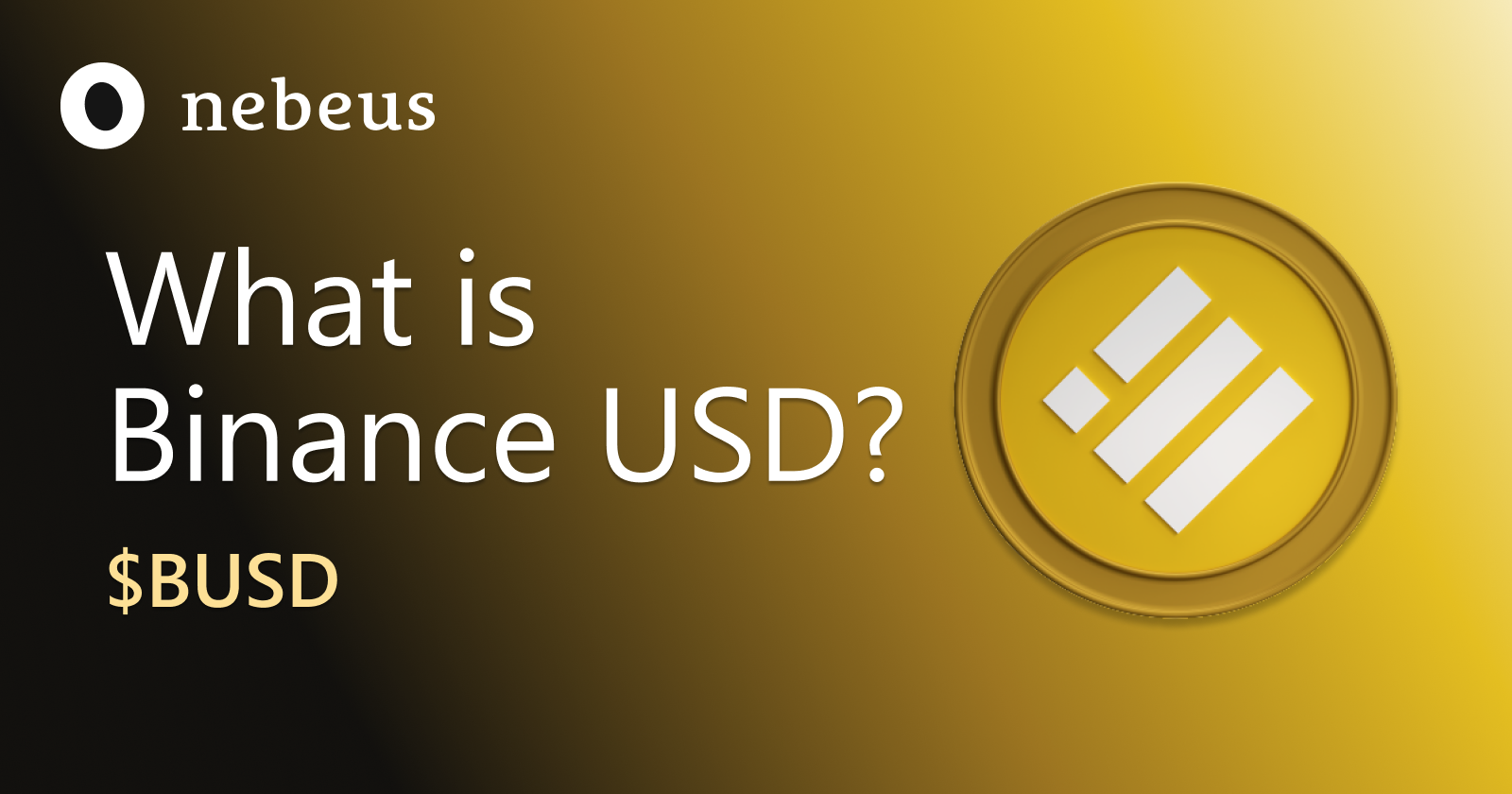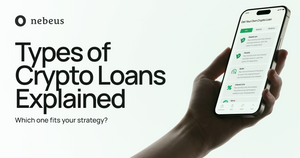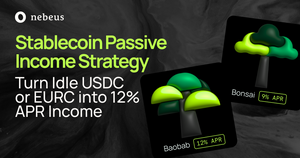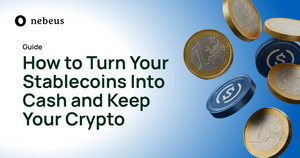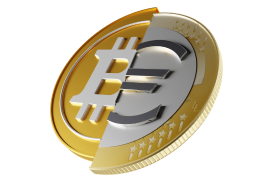Ethereum Request for Comments is referred to as ERC. It's like a set of guidelines for programmers and users who want to participate in the Ethereum ecosystem, detailing the appropriate practices, attitudes, innovations, and studies for them.
Need help understanding the jargon used in blockchain technology? Nebeus has a comprehensive glossary of terms to help.
ERC Token Standards: What Are They?
Standards for smart contracts are also referred to as ERC tokens. In order to facilitate fundamental operations like:
- Token generation,
- Transaction processing,
- Spending,
- And more,
the Ethereum smart contract must adhere to the standards or rules. By implementing the upgraded ERC standards, Ethereum realizes the full potential of its ecosystem and enables the creation of more specialized smart contracts, which supports the expansion of the network.
All ERC tokens created on the Ethereum blockchain are subject to the rules outlined in the ERC token standards. This set of guidelines is duly reviewed by the Ethereum community, and changes are made in response to evolving needs. Furthermore, ERC standards are created to enable seamless interaction between ERC tokens.
Who Can Create an ERC?
An ERC may be created by anyone. But first, one must go through the Ethereum Improvement Proposal (EIP) procedure. This is a document that outlines the features and processes that are suggested for the Ethereum blockchain network. Tokens built on Ethereum are required to follow a set of guidelines laid out in ERC documents, which are written by Ethereum's smart contract developers.
Following submission, a developer's proposal will be evaluated and examined by Ethereum's core developers. They also regularly review and provide feedback on these documents in an effort to enhance them. The proposal will be approved, refined, and put into use if the community determines it to be a significant improvement to the blockchain ecosystem.
Once this process is finished, the original document turns into an ERC standard that other programmers can use to make their own tokens.
Which ERC Token Standards are Most Commonly Used?
The Ethereum Request for Comment (ERC) is a collection of technical documents that provide instructions for creating smart contracts. They simplify communication between applications and smart contracts by defining a specific set of functions for each type of token.
However, there are 3 types of ERC that you’ll most commonly find used and spoken about. The three widely used ERC token standards or protocols are ERC-20, ERC-721, and ERC-1155, and they have use cases in many important industries. These token standards, which vary in particular attributes and capabilities, have the full support of the Ethereum community.
Understanding the differences between ERC-20, ERC-721, and ERC is necessary if you want to create any type of token on the Ethereum blockchain. By being able to distinguish between these most common ERCs, you can select the token standard that perfectly suits your requirements.

The ERC-20
After being proposed in 2015, ERC-20 was finally adopted into the Ethereum ecosystem in 2017.
It is with ERC-20 that the token standard for the Ethereum blockchain is introduced. ERC-20 is a set of properties that facilitate the creation of tokens that are identical.
For instance, an ERC-20 token can function just like Ether, the cryptocurrency used by Ethereum. As a result, the value of one token will always be equal to the value of another token, and they can be used interchangeably. Think about it this way: Like fiat currency, ETH is fungible, meaning that one ETH is equivalent to any other ETH.
ERC-20 tokens are most frequently created by organizations and tech-focused businesses, similar to other digital assets. They enable the entity to alter the token's functionality, adding features like voting rights and incentive systems.
Despite the token standard's flexibility, each ERC-20 token has a set core functionality. To put it another way, all tokens developed using the ERC-20 standard can communicate with one another and with other compatible services, like cryptocurrency wallets.
Some of the most well-known digital currencies use the ERC-20 standard, such as:
- Tether (USDT)
- Chainlink (LINK)
- Basic Attention Token (BAT)
The ERC-721
ERC-721 is a token standard for NFTs, as opposed to ERC-20's fungible token standard.
But what are NFTs?
Non-Fungible Tokens are a subset of cryptographic tokens that cannot be exchanged for other tokens of the same type due to technical differences. In other words, due to their individual characteristics, tokens cannot be traded for one another. As a result, they are frequently put to use as symbols for things like:
- Virtual collectibles,
- In-game items,
- Digital artwork,
- Event tickets,
- Domain names,
- and even deeds to real-world properties!
This new token type was created by Cryptokitties' creator and chief technology officer (CTO) to accommodate NFTs. In 2018, the request for approval was made. As mentioned above, it specializes in NFTs, which means that any digital asset that resides on the Ethereum blockchain can be represented by a token created in accordance with the ERC-721 rules.
For businesses using NFTs, this unique type of token opens up incredible possibilities. Similar to how ERC-721 presents difficulties for them, the ERC-721 standards are used to overcome these difficulties.
In addition to Cryptokitties, some of the most popular projects that use the ERC-721 standard, are:
- Cryptodoggies
- Sorare
- Gods Unchained
The ERC-1155
To create fungibility-independent and gas-efficient token contracts, the ERC-1155 token standard focuses on integrating the best features of its forerunners. To put it more simply, it's a standard for contracts that can handle a variety of token types.
Additionally, "a single smart contract that can govern an infinite number of tokens," as described by Enjin, the company behind the tokens. The Chief Technology Officer of Enjin, Witek Radomski, unveiled the comprehensive token standard for use with Ethereum smart contracts. It's a common smart contact interface that can be used to build a wide variety of token types:
- Fungible,
- Semi-fungible,
- and non-fungible).
ERC-1155 facilitates batch transfers, which enable the consolidation of several assets into a single smart contract. By doing so, it lessens the transaction costs and the likelihood that a transfer will lead to congestion in the underlying network.
In addition to Enjin, there are several companies that are currently using the ERC-1155 standard, most notably:
- OpenSea
- OpenZeppelin
- Horizon
Comparing Token Standards: Which ERC to Choose?
As seen above, there are distinct characteristics between the three ERC token standards that are currently the most widely used in the cryptocurrency world. This means it's critical to pinpoint the circumstances in which one works better than the others. The key differences between ERC-20, ERC-721, and ERC-1155 are outlined below.
Usability:
- While ERC-721 mandates a separate transaction for each token transfer, ERC-1155 permits multiple operations to be carried out simultaneously and supports an infinite number of token types.
- ERC-20 is a standard for fungible tokens that enables straightforward token transfers via a single interface.
Transfers in Batches:
- When compared to ERC-721, which necessitates a separate smart contract for each token transfer and causes network congestion in the process, ERC-1155 supports batch transfers, which lowers transaction costs and speeds up the transaction process.
- ERC-20 is more effective than ERC-721 in this regard because it is a standard for fungible tokens and supports batch transfers.
Semi-fungible Token Support:
- Semi-fungible tokens are supported by ERC-1155 and can be converted from fungible tokens to NFTs or the other way around.
- ERC-721 only permits non-fungible tokens to be created.
- Semi-fungible tokens are not supported by the ERC-20 standard, which is for fungible tokens only.
Keeping Assets Secure:
- A special "safe transfer" feature of ERC-1155 enables hassle-free token transfers and the assessment of a transaction's legitimacy.
- If assets are transferred to the incorrect address, ERC-721 does not have a mechanism for recovering them.
- Although the ERC-20 standard for fungible tokens lacks a specific security feature like the "safe transfer" function, it is a secure alternative for token transfers due to its widespread adoption and straightforward user interface.
Conclusion
The reason Ethereum is releasing new token standards is so it can keep up with the rapid pace of change in the blockchain industry.
When it comes to leveraging Ethereum, businesses and developers can each benefit from the ERC token standards' individual features. Presently, the digital ecosystem is best served by the three tokens—ERC-20, ERC-721, and ERC-1155—because they are the most efficient and widespread.
In spite of this, the next few years should see the revolutionary development of blockchain technology thanks to the ever-evolving Ethereum token standards.
You can sign up for a Nebeus account to buy, hold, and earn on your crypto investment.
La inversión en criptoactivos no está regulada, puede no ser adecuada para inversores minoristas y se puede perder la totalidad del monto invertido.


